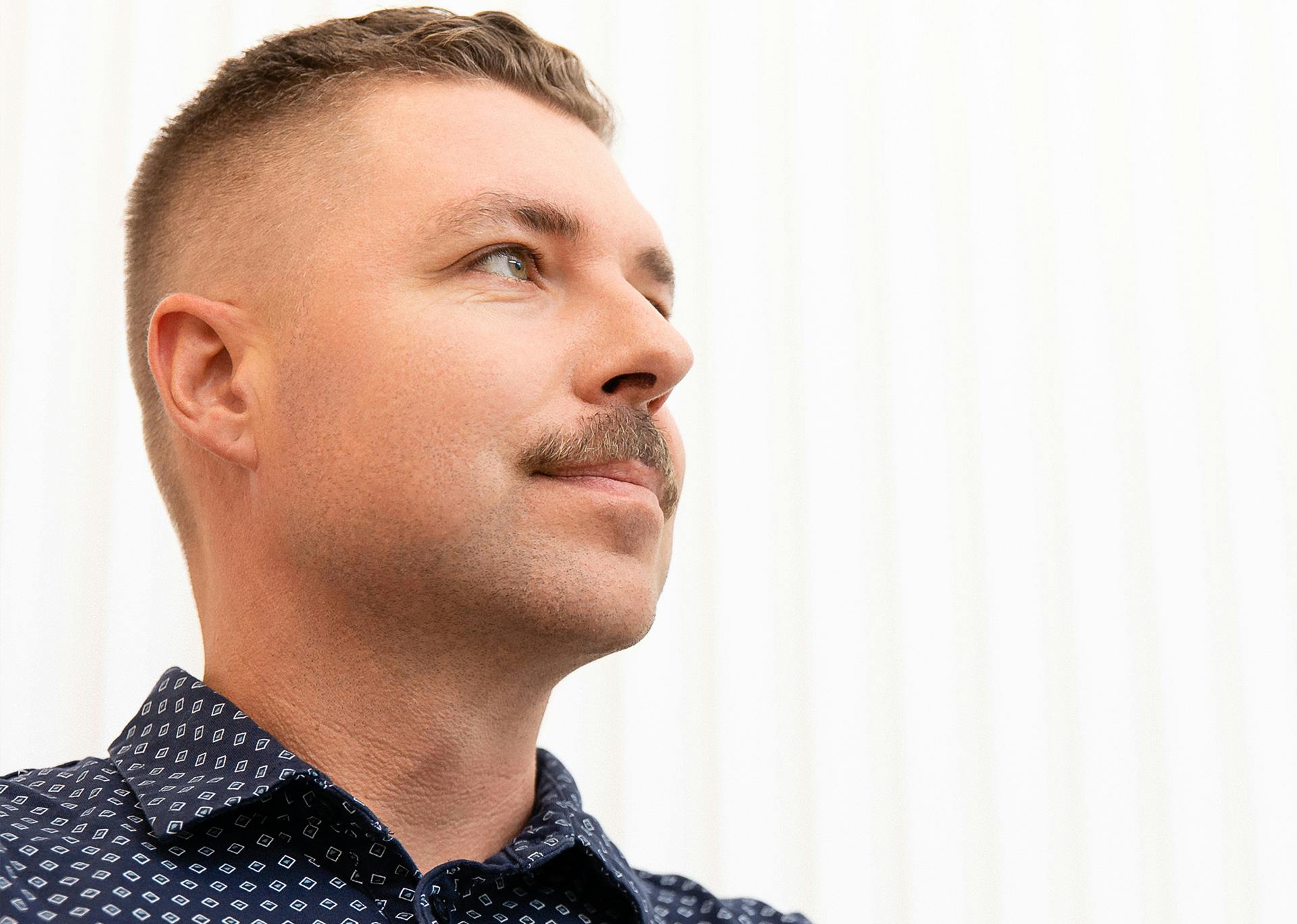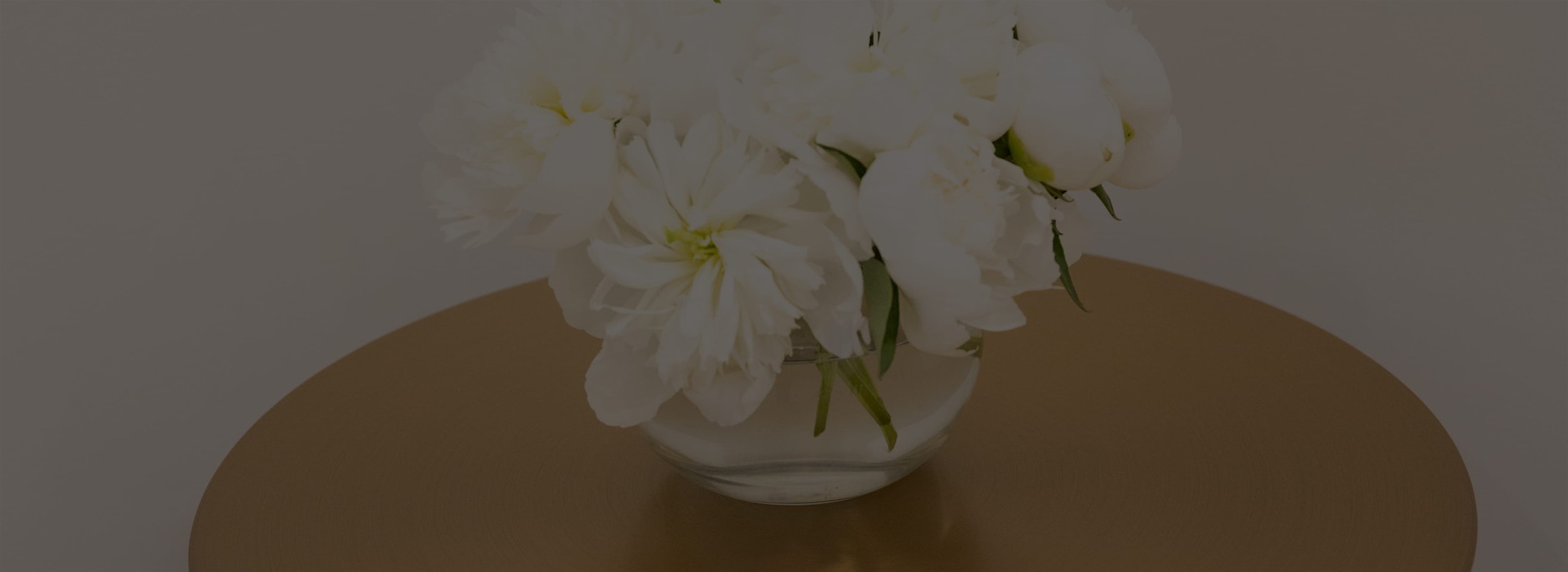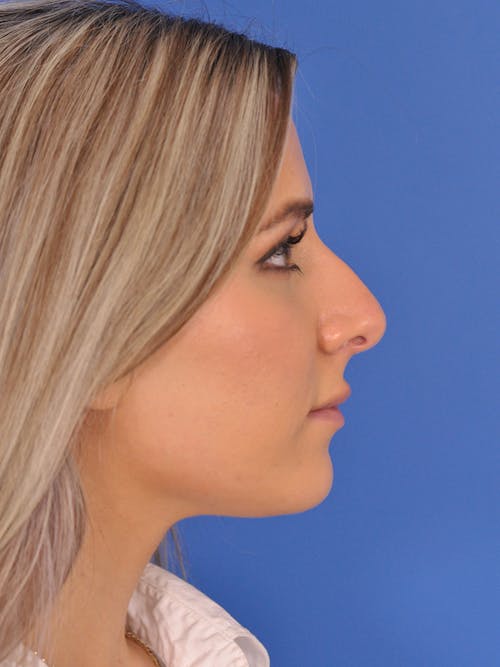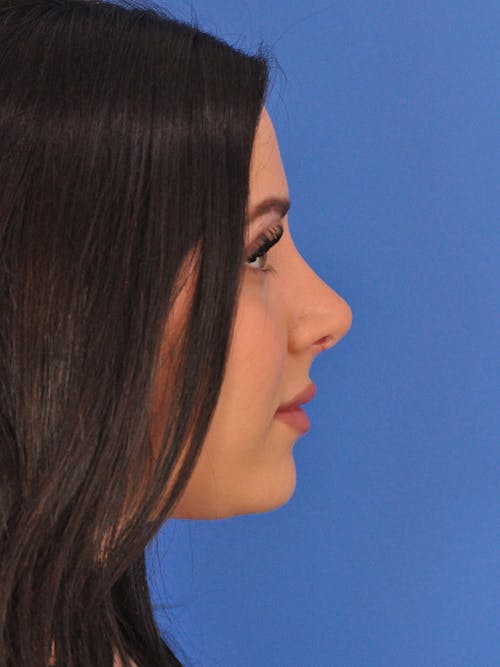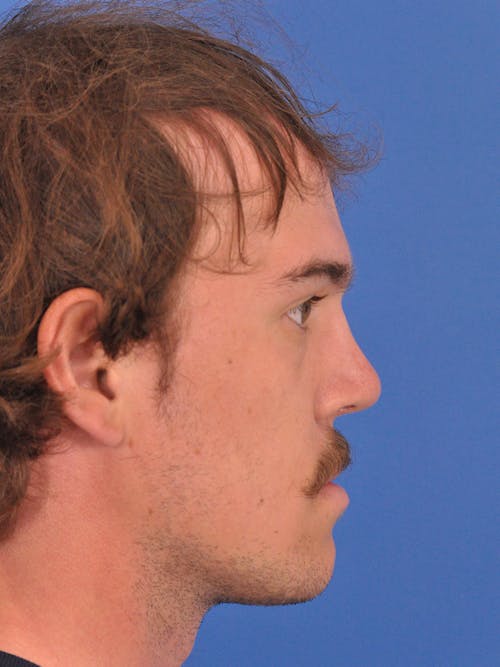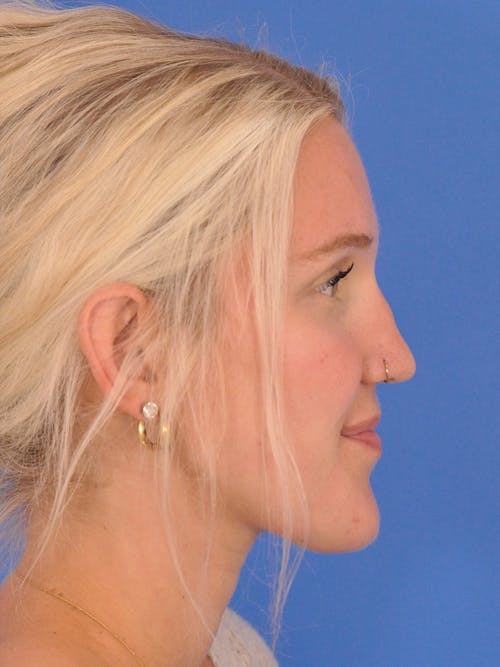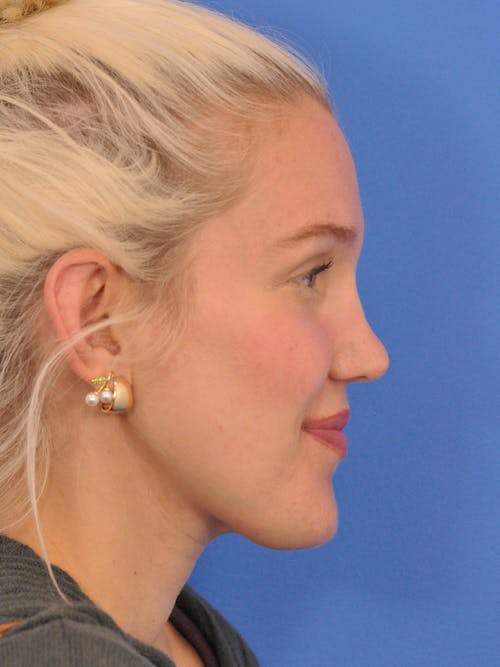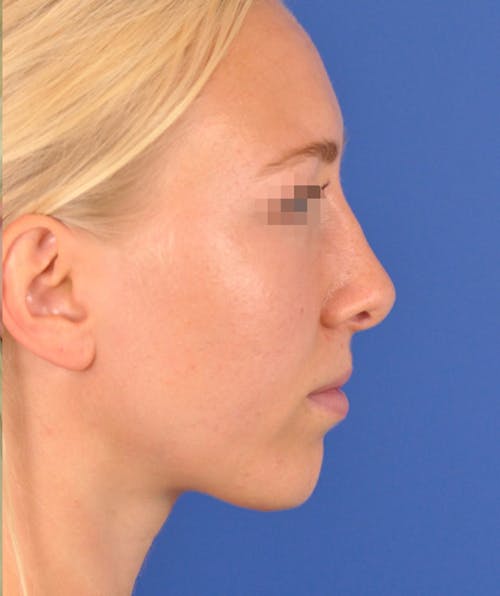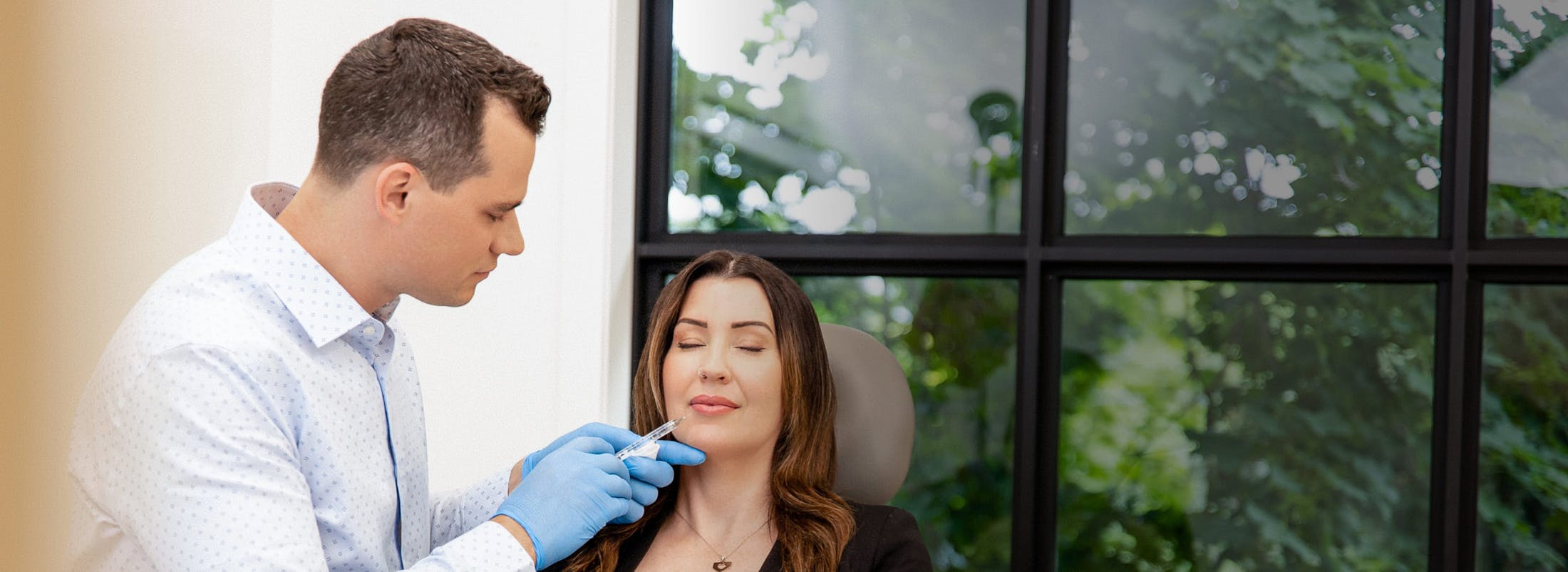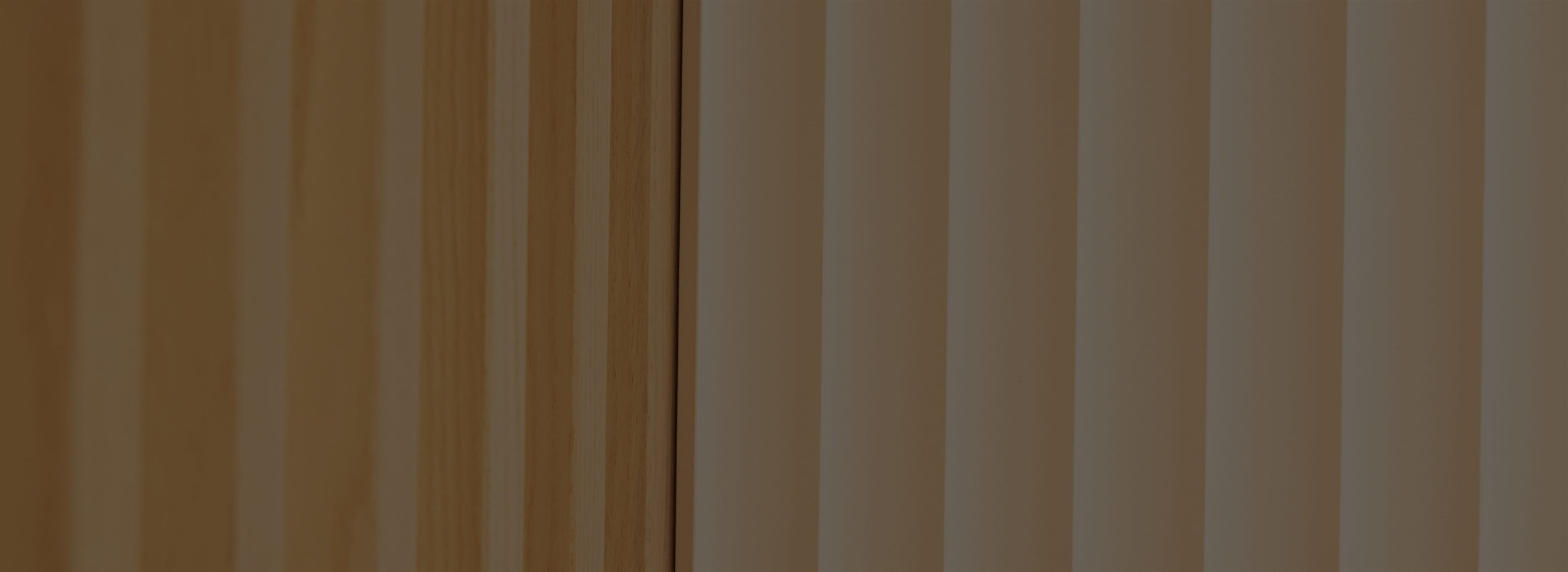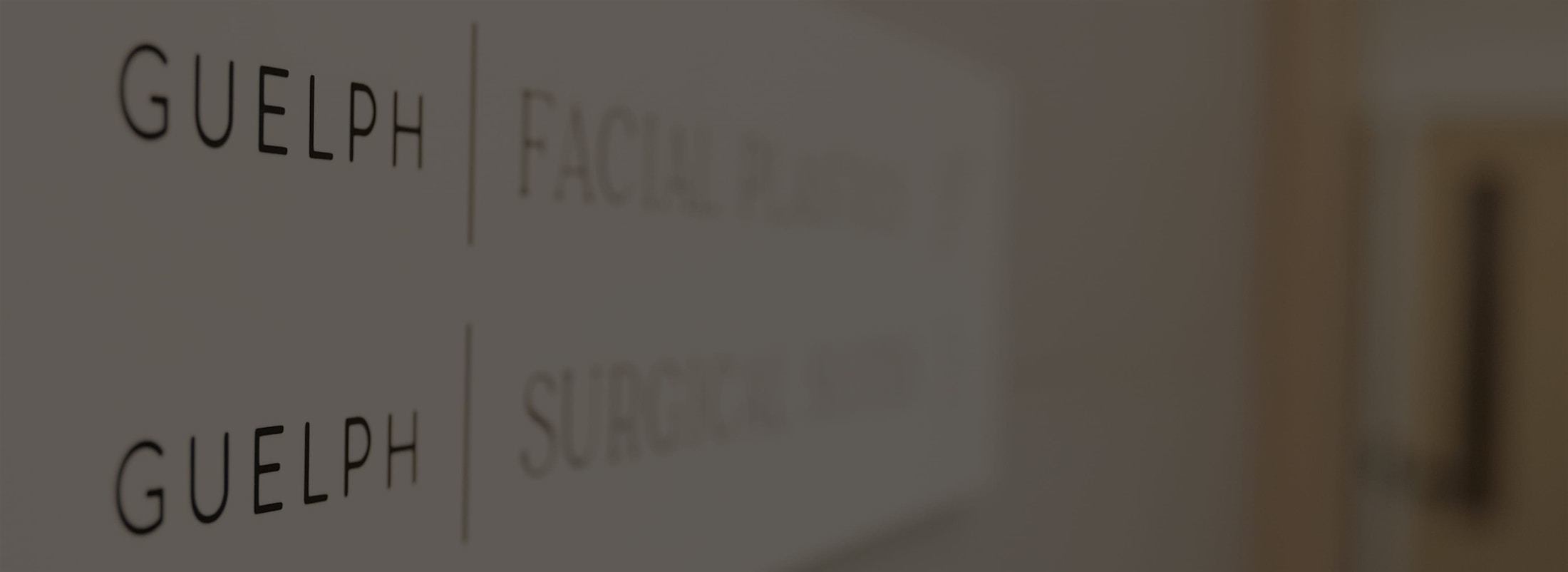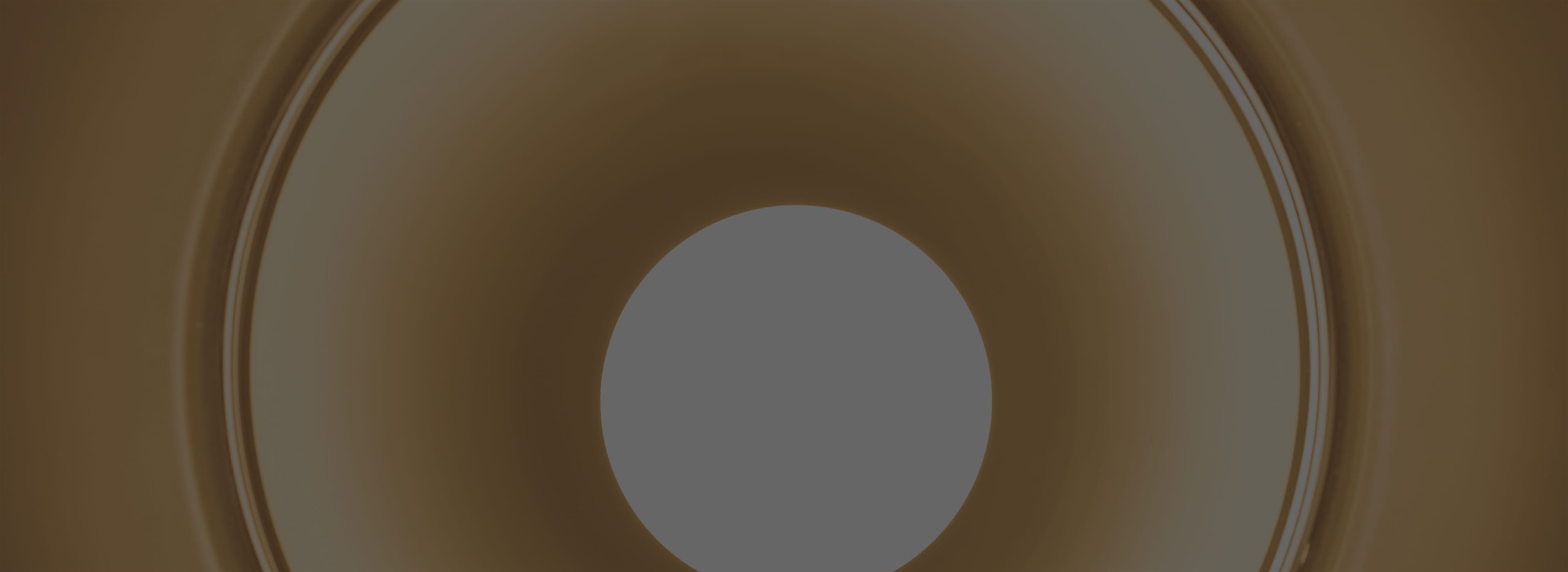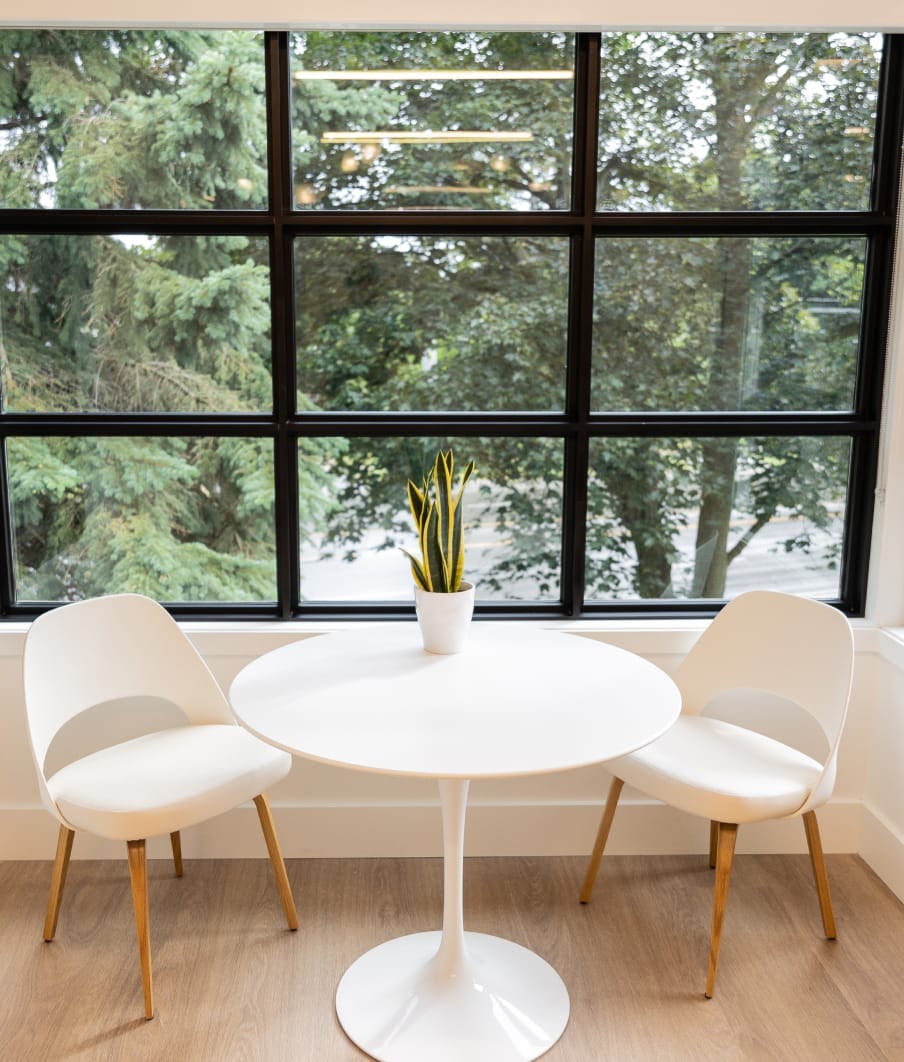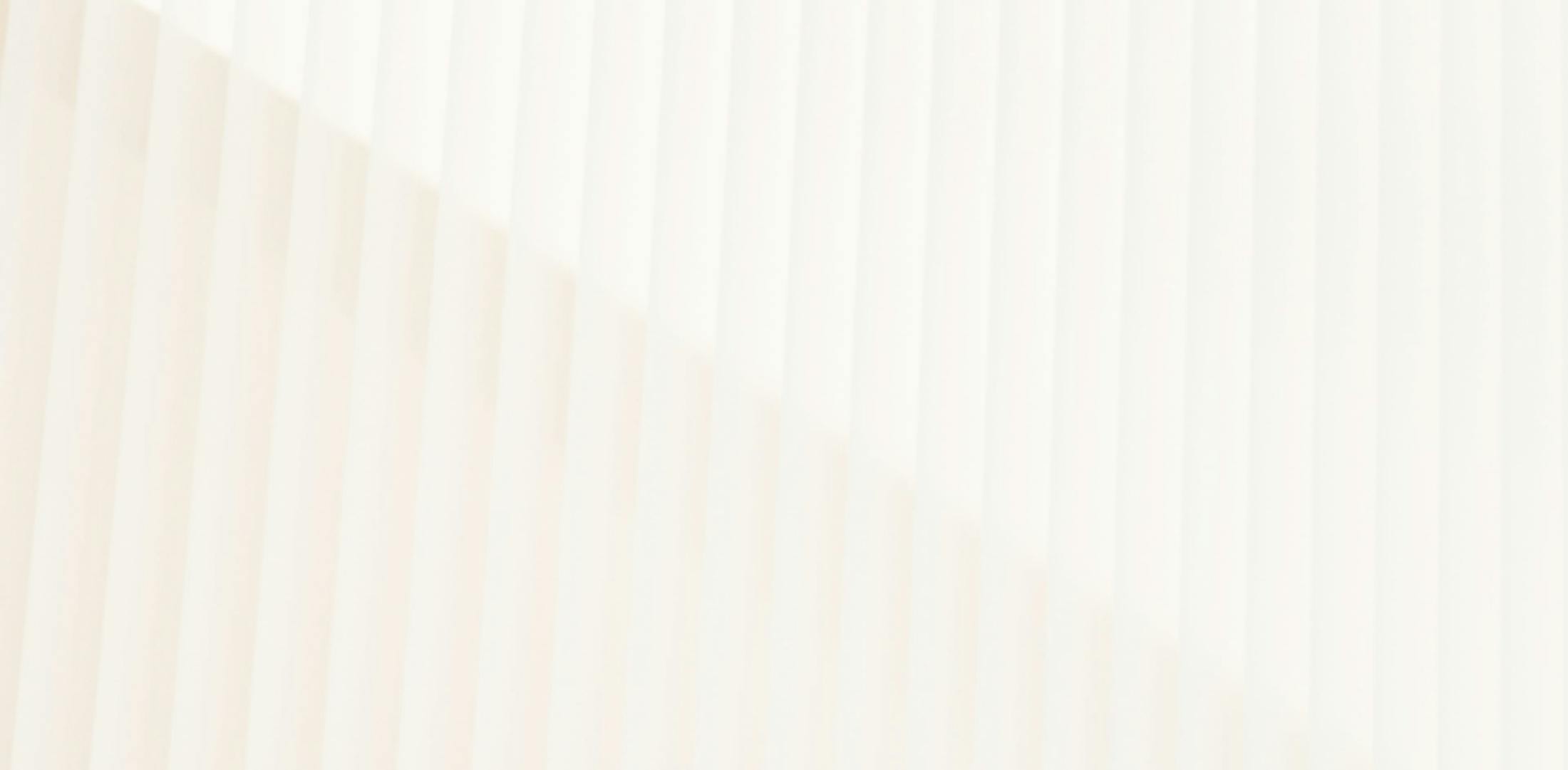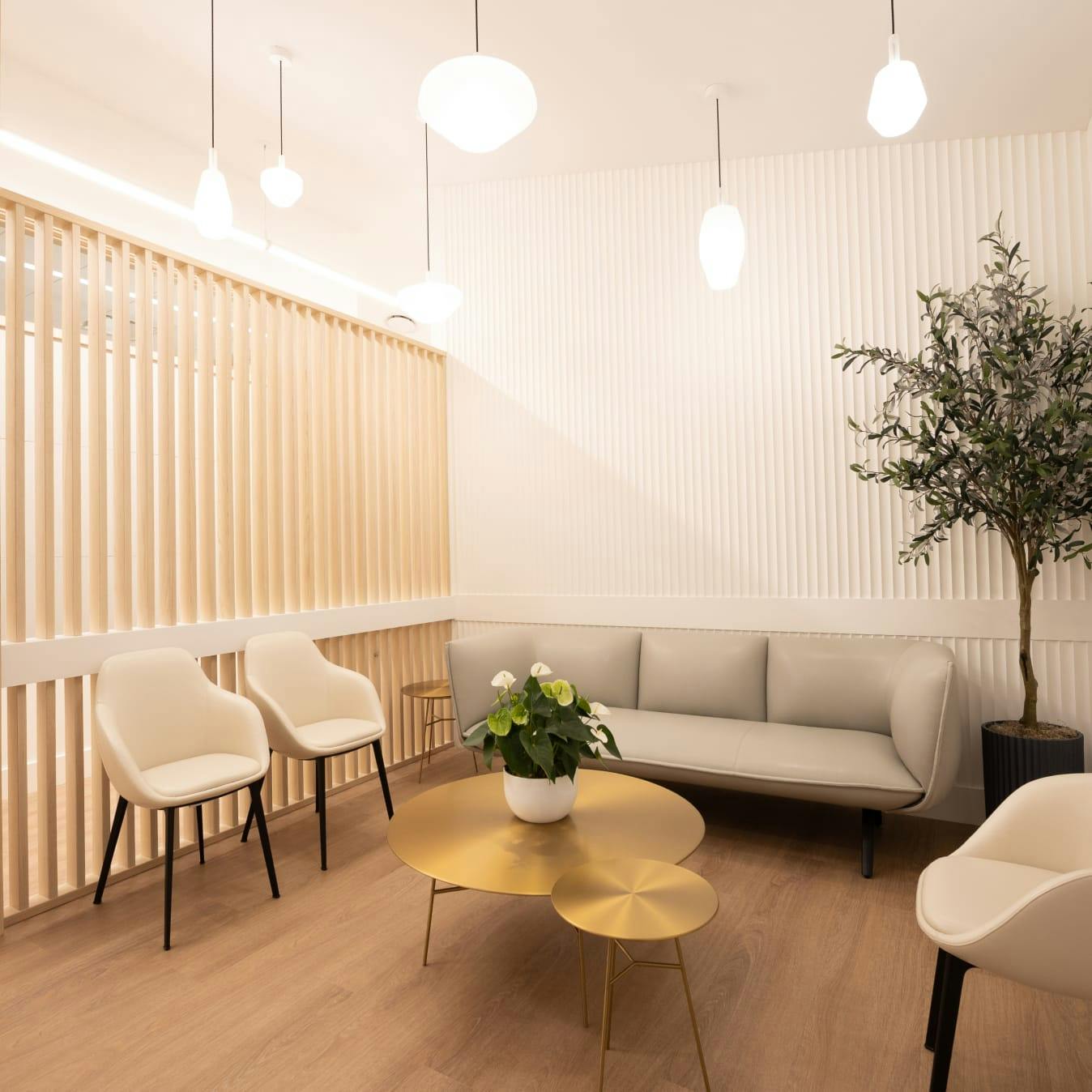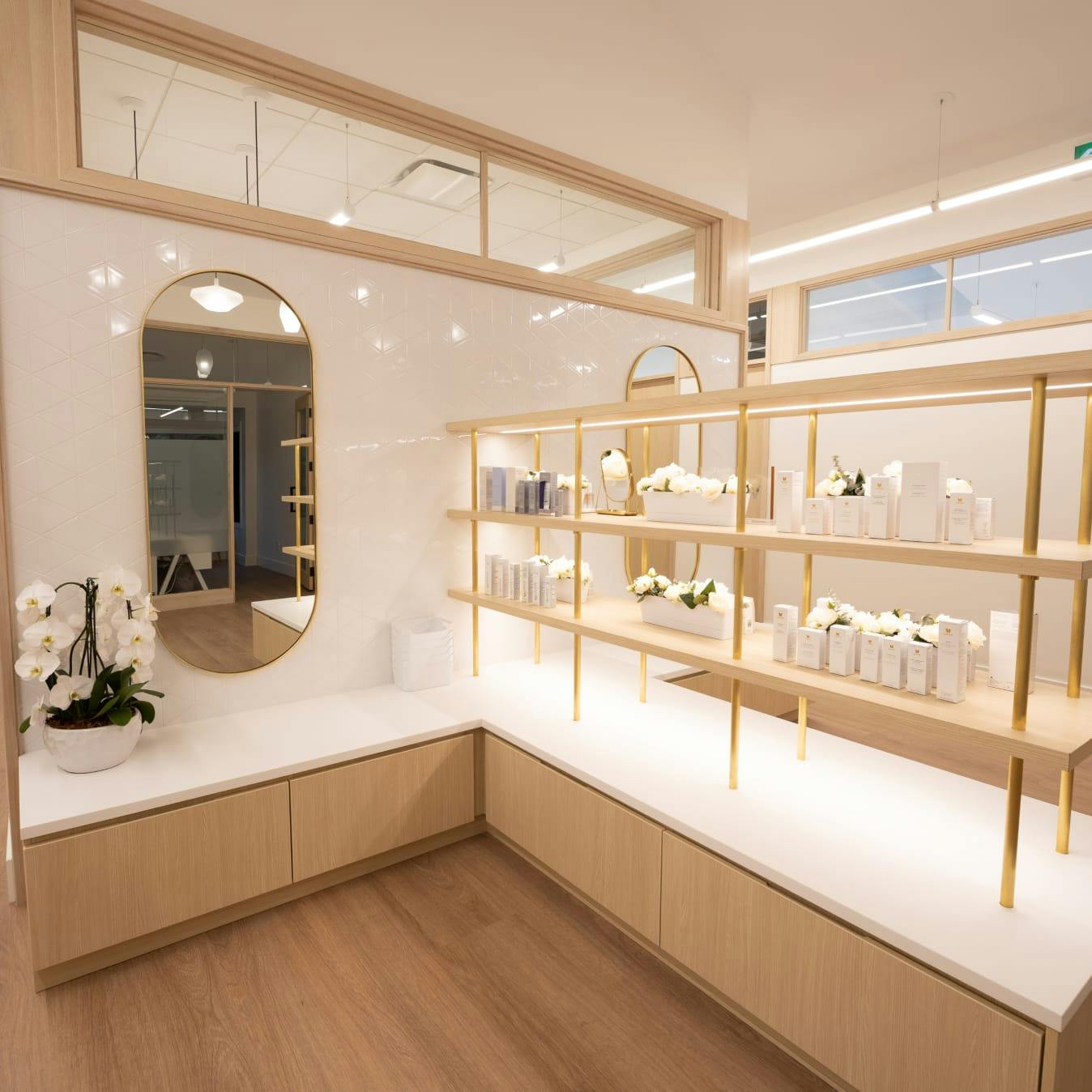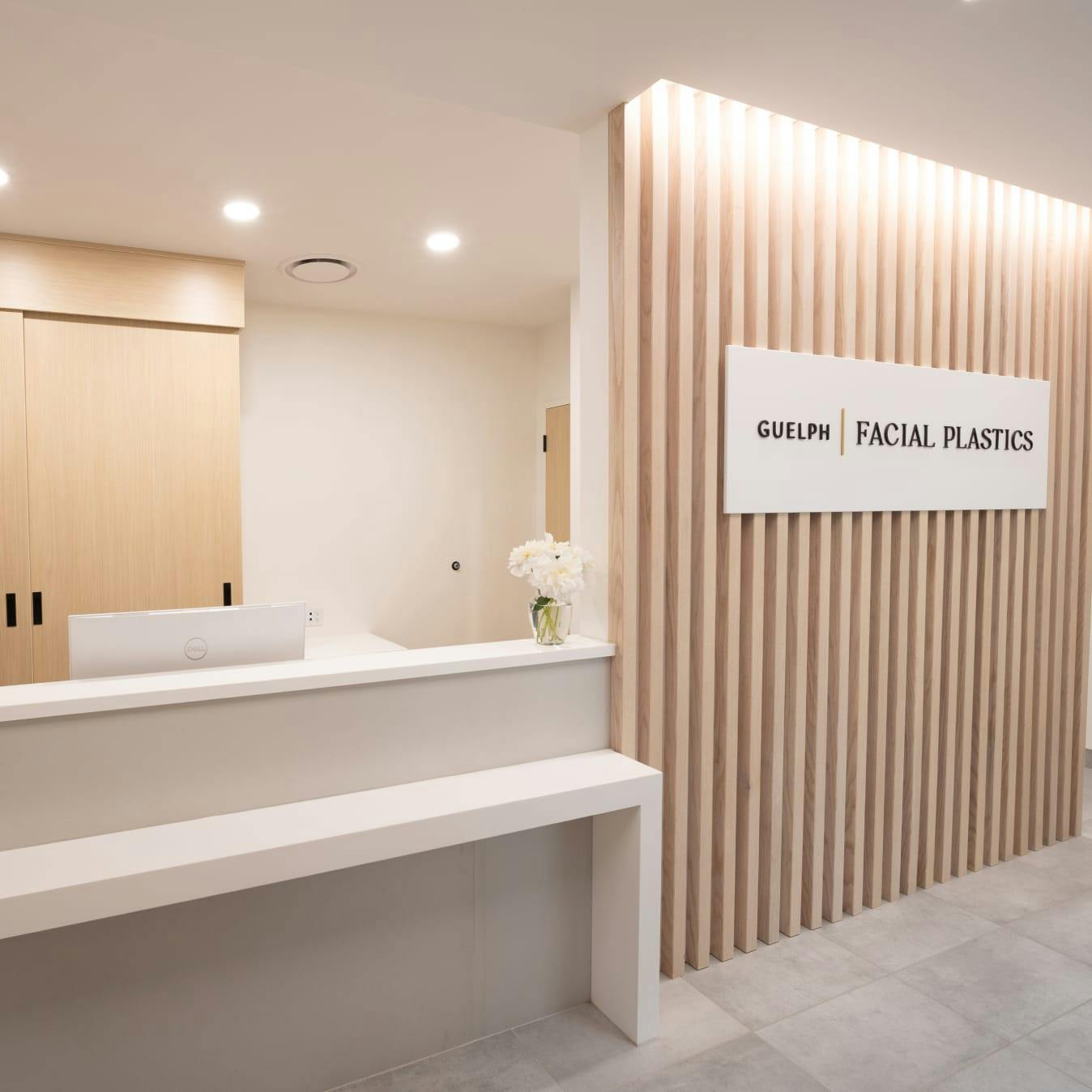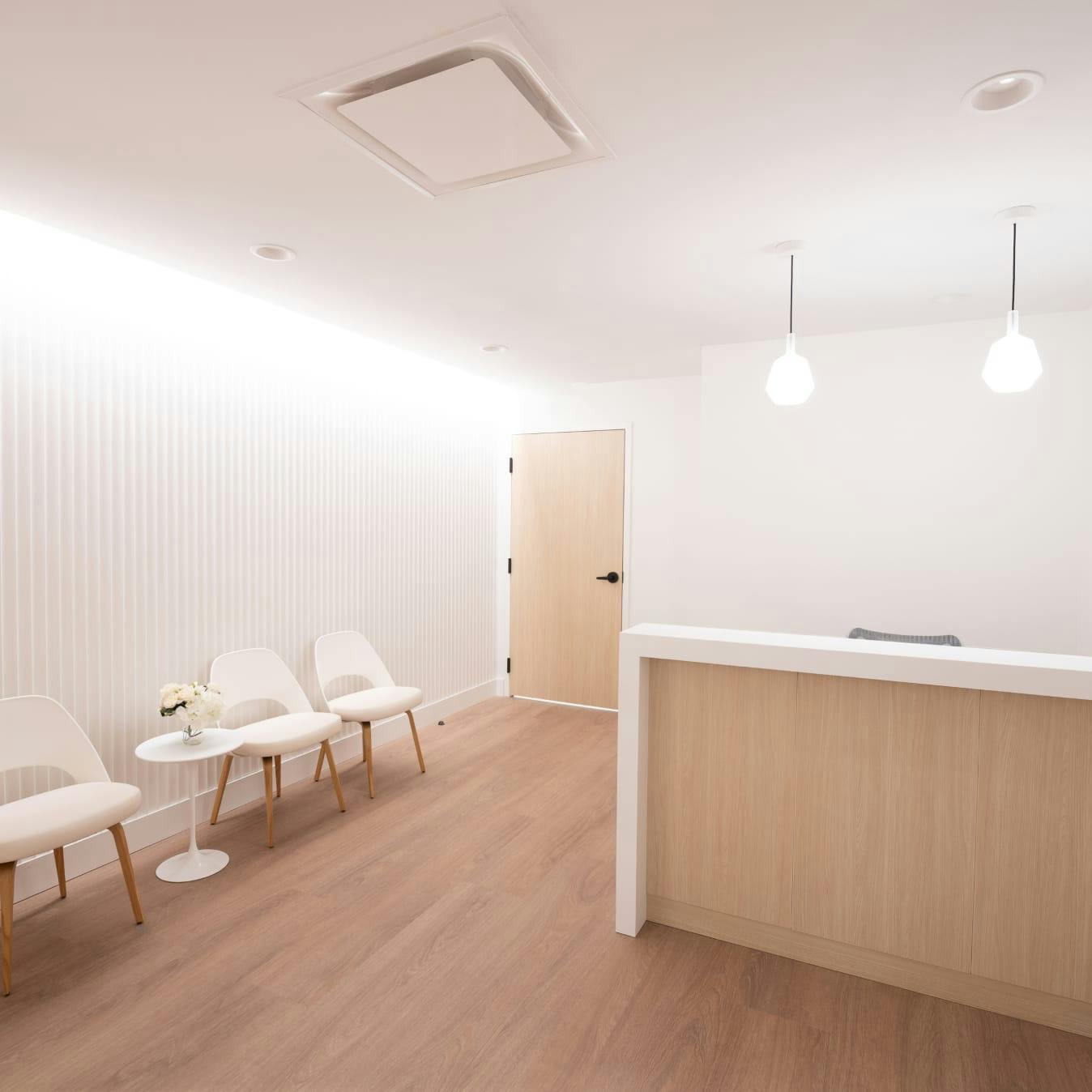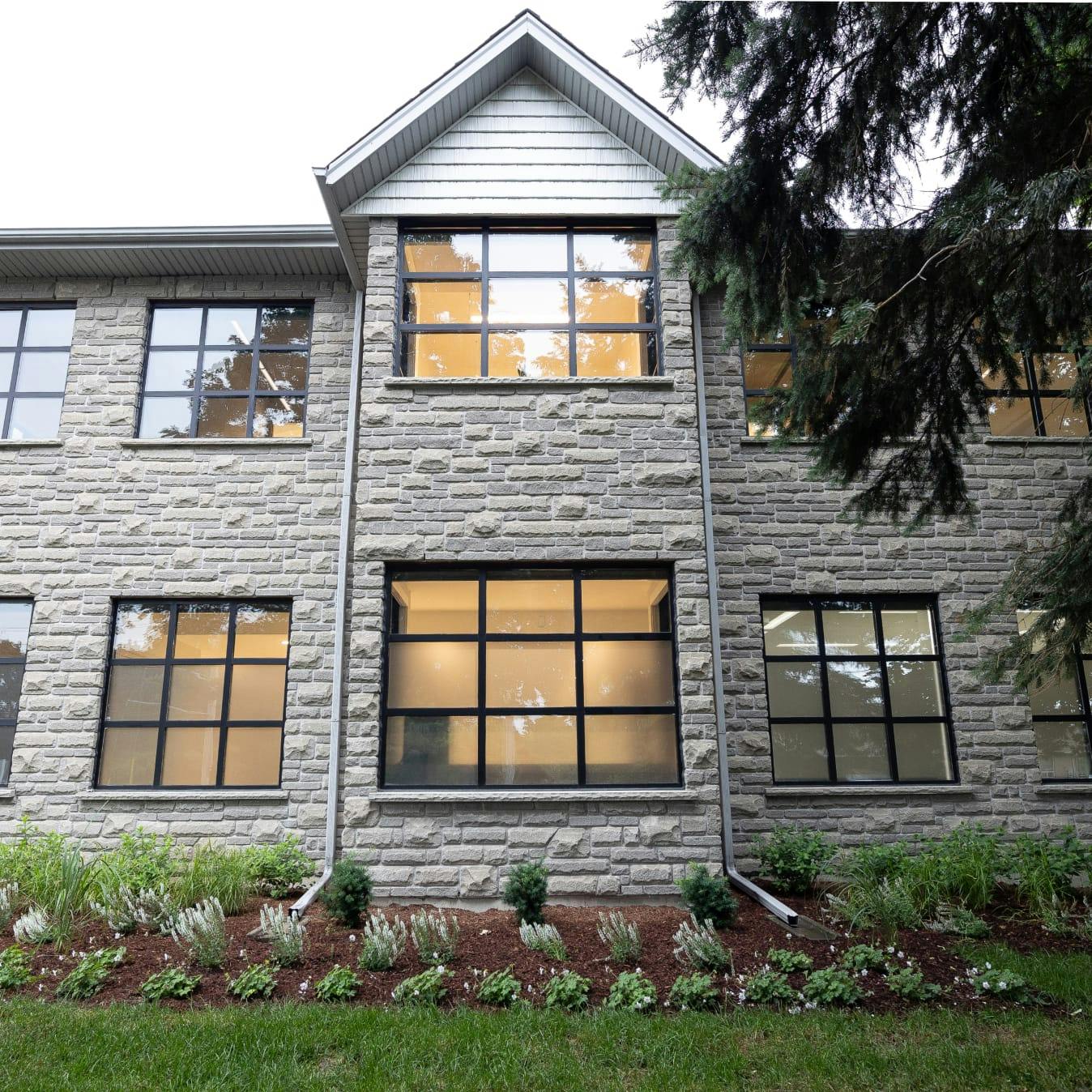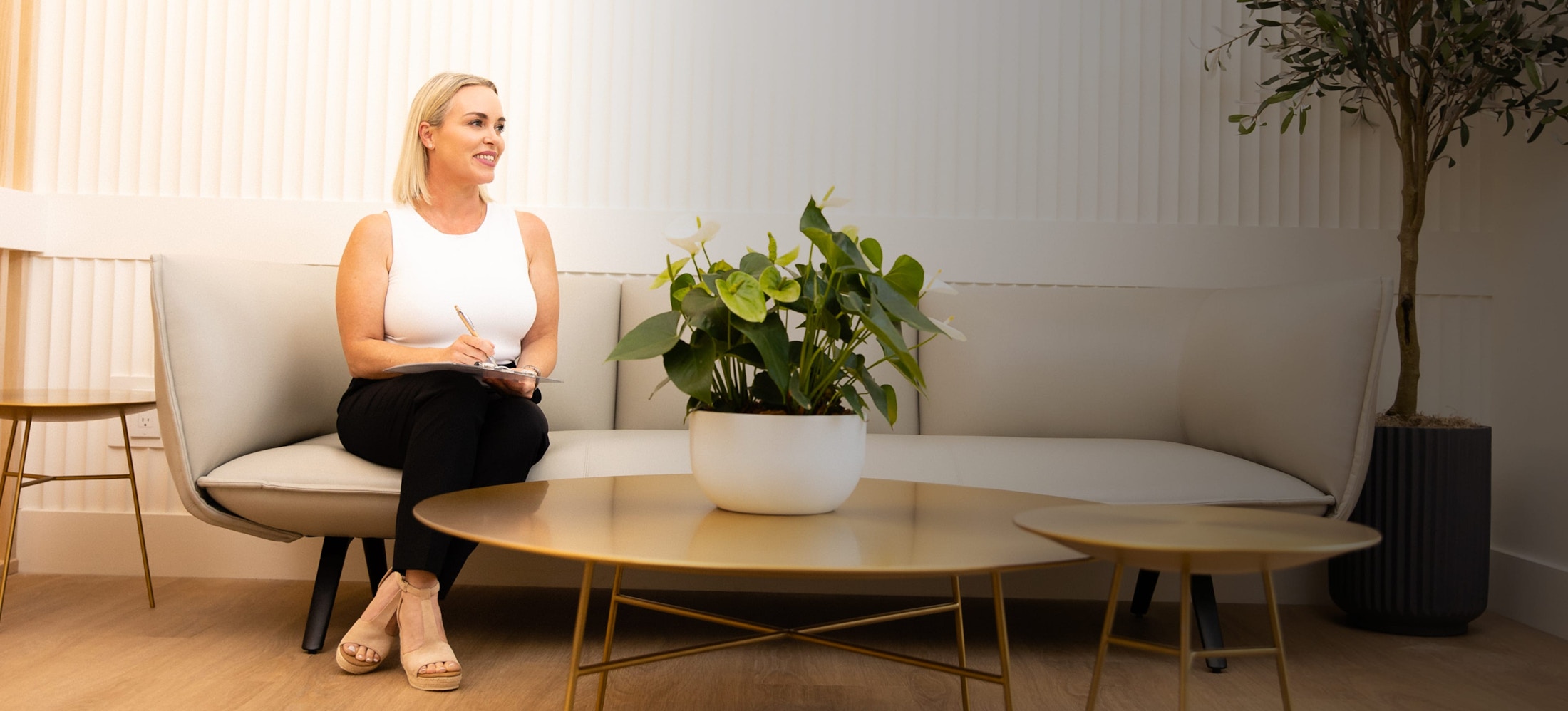The nose, a central feature of the face, has a profound impact on overall facial appearance and, more importantly, plays a vital role in the ability to breathe freely. Its prominence and functionality have inspired individuals from diverse backgrounds to seek nose surgery to achieve a more balanced, harmonious facial appearance or improve nasal function.
What is rhinoplasty?
Rhinoplasty, derived from the Greek words “rhis,” meaning nose, and “plassein,” meaning to reshape, is a surgical procedure designed to alter the shape of the nose. Although it may seem straightforward, rhinoplasty is an intricate and complex art form that combines principles of architecture and artistry to reshape cartilage and bone for balanced and enduring outcomes. Many of the maneuvers traditionally used by surgeons during rhinoplasty are performed to create a smaller or refined nose.
While these changes will look beautiful in the operating room, they can result in the collapse of the nose over time, leading to worsening nasal obstruction and poor aesthetic outcomes.
When choosing a surgeon, ensuring they have advanced training in rhinoplasty and ample surgical experience with hundreds of rhinoplasty cases can minimize these risks and the risk of requiring revision surgery.
Surgeons with advanced cosmetic training through accredited facial plastic surgery fellowships and double board certification are rhinoplasty experts. At Guelph Facial Plastics, Dr. Matthew D. Brace is recognized for his precision and expertise in performing rhinoplasty. Our goal is to provide you with a nose that enhances your facial harmony and complements your natural beauty while ensuring optimal functionality and long-lasting results.
